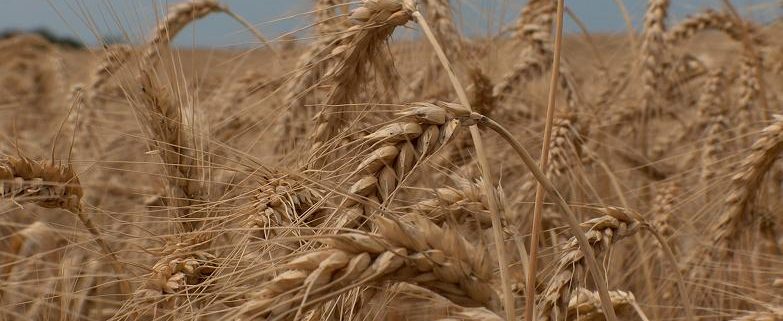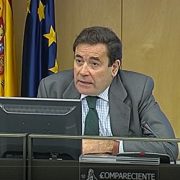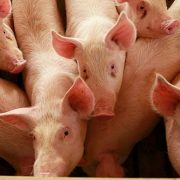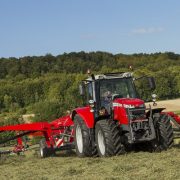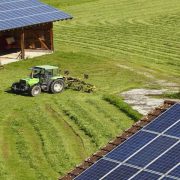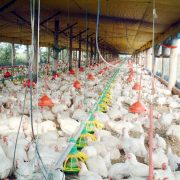European Commission publishes the revised Sustainable Use Directive
After some delays, the announced revision of the Sustainable Use Directive (SUD) was adopted on 22nd June by the European Commission.
The proposal is part of a package of measures to reduce the environmental footprint of the EU’s food system, such as the European Green Deal and the Farm to Fork Strategy, which highlights the need to transition to a fair, healthy and environmentally friendly food system.
An evaluation of the old Sustainable Use of Pesticides (Directive 2009/128/EC) had identified a weakness with its implementation, enforcement and application in Member States. Stricter rules and harmonisation of national pesticide-use policies could improve the functioning of the internal market and reduce trade distortions between Member States.
The new Sustainable Use Directive aims chiefly at the reduction of use and risk of exposure to pesticides and the management of the transition necessary, taking into account the position of the farmers in the value chain. 4 Objectives were identified:
- Use and risk reduction / increase Integrated Pest management/ increase the use of alternatives
- improve the availability of monitoring data both regarding the use of, and the effect of the use of pesticides
- improve policy effectiveness and efficiency
- promote the adoption of new technologies, such as precision farming that makes use of space data and services with the aim of reducing the overall use and risk of pesticides.
The reduction targets would be legally binding, which is one of the political points of contention.
More general requirements were added for the professional use of pesticides and application equipment, including on aerial application.
When it comes to the inspection of sprayers, there will be the setting up of electronic register(s) to record information on all application equipment in professional use; there will also be notification requirements for transfer of ownership or withdrawal from use. Inspections will need to be carried out at a three year interval.
Member States will further be obliged to set up a system for the training and certification of professional users, advisers and distributors, including through the creation of an independent advisory system.
CEMA, representing the application equipment industry, welcomes the harmonisation of national pesticide-use policies. We call however for additional political and financial support, including in relation to pre-normative research on harmonised test methodologies for drift reduction technologies and new spot-specific and variable rate technologies. It is expected and already noticed that national schemes linked to subsidies are also linked to national testing schemes. For small volume products this threatens the internal market. An EU harmonisation is key.
CEMA also underlines that proof of sustainable production including on the use of pesticides will come from digital solutions. Trustworthy automatically B2G transfer of data, produced by machines and IoT devices will be the tool for farmers to proof compliance, lowering the administrative burden and giving them insight into the effectiveness of their practices.
The proposed updated legislation will now be reviewed and amended by the European Parliament and the Council of the European Union before it becomes law.




